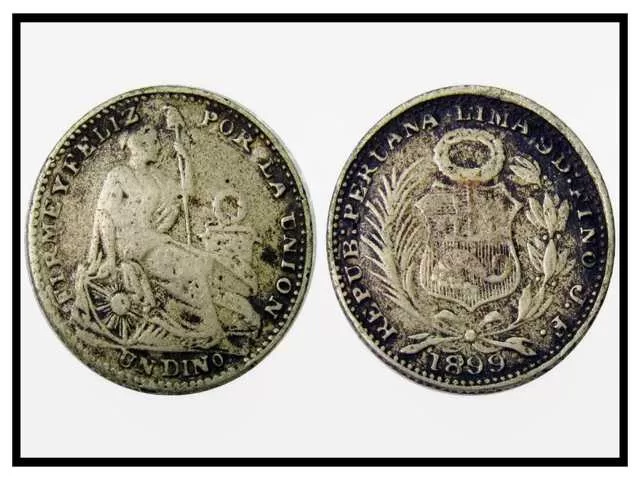A decade ago, the Pontifical Catholic University of Peru in Lima found itself entangled in a peculiar mystery surrounding a 10-cent coin known as a dinero. Grad students in the chemistry department stumbled upon a dinero marked “1899,” a year for which official records claimed no such coins were minted in Peru. This anomaly sparked intrigue, prompting Luis Ortega, a chemist at the university, and doctoral student Fabiola Bravo Hualpa to delve into the enigma.
Most international coin catalogs dismissed the existence of 1899 dineros, often labeling them as “counterfeit” with minimal details. Dr. Ortega and Ms. Bravo Hualpa, however, sought to unravel the mysteries surrounding this coin in a scientific quest documented in a Heritage Science journal article last year.
Upon subjecting one of the two known 1899 dineros to extensive scientific analyses, the researchers made fascinating discoveries. Although the coin resembled typical dineros, its composition revealed a blend of copper, zinc, and nickel – a composition known as nickel silver, lacking actual silver. Genuine Lima Mint dineros from that era were predominantly silver.
Further examinations uncovered traces of iron, cobalt, and lead, characteristic of older alloys due to technology limitations of the time. The worn faces of the coin, coupled with impurities, indicated a production period in the 19th or 20th centuries. The researchers concluded that, as nickel silver wasn’t widely used for coins or tokens in Peru during that period, the coin was likely created abroad.
The influx of low-value coinage was beneficial to Peru in the early 20th century. Struggling from the aftermath of the War of the Pacific, the country’s economy faced challenges, leading the government to print larger-denomination paper bank notes. In 1899, the Lima Mint produced significantly fewer silver coins than in the preceding years, creating an opportunity for counterfeiters.
Dineros were vital for everyday transactions, making the study of this counterfeit coin an illuminating exploration of the economic and political climate of the time. Dr. Ortega plans to continue his study of counterfeit coins and their historical context, aiming to uncover more mysteries hidden in the coins of Peru’s past.
As he delves into a collector’s assortment of coins supposedly minted from the 1830s through the 1960s, Dr. Ortega anticipates discovering additional 1899 dineros, believing that more of these mysterious coins may be waiting to share their untold stories.

